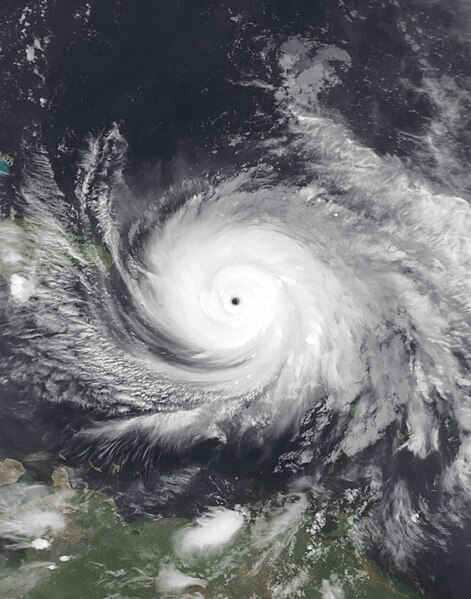
Size of this preview:
471 × 599 pixels. Other resolutions:
188 × 240 pixels |
377 × 480 pixels |
603 × 768 pixels |
804 × 1,024 pixels |
1,609 × 2,048 pixels |
3,300 × 4,200 pixels.
Original file (3,300 × 4,200 pixels, file size: 5.52 MB, MIME type: image/jpeg)
File history
Click on a date/time to view the file as it appeared at that time.
| Date/Time | Thumbnail | Dimensions | User | Comment | |
|---|---|---|---|---|---|
| current | 23:04, 25 April 2024 |
 | 3,300 × 4,200 (5.52 MB) | TheWxResearcher | enhanced |
| 17:33, 26 May 2021 |
 | 3,136 × 3,136 (3 MB) | HikingHurricane | Reverted to version as of 01:12, 25 April 2018 (UTC) unnecessary | |
| 16:31, 25 May 2021 |
 | 3,136 × 2,754 (3.26 MB) | Super Cyclonic Storm Corona | Cropped 12 % vertically using CropTool with precise mode. | |
| 01:12, 25 April 2018 |
 | 3,136 × 3,136 (3 MB) | Saxitoxin | User created page with UploadWizard |
File usage
The following pages on the English Wikipedia use this file (pages on other projects are not listed):
Global file usage
The following other wikis use this file:
- Usage on pt.wikipedia.org
Metadata

Size of this preview:
471 × 599 pixels. Other resolutions:
188 × 240 pixels |
377 × 480 pixels |
603 × 768 pixels |
804 × 1,024 pixels |
1,609 × 2,048 pixels |
3,300 × 4,200 pixels.
Original file (3,300 × 4,200 pixels, file size: 5.52 MB, MIME type: image/jpeg)
File history
Click on a date/time to view the file as it appeared at that time.
| Date/Time | Thumbnail | Dimensions | User | Comment | |
|---|---|---|---|---|---|
| current | 23:04, 25 April 2024 |
 | 3,300 × 4,200 (5.52 MB) | TheWxResearcher | enhanced |
| 17:33, 26 May 2021 |
 | 3,136 × 3,136 (3 MB) | HikingHurricane | Reverted to version as of 01:12, 25 April 2018 (UTC) unnecessary | |
| 16:31, 25 May 2021 |
 | 3,136 × 2,754 (3.26 MB) | Super Cyclonic Storm Corona | Cropped 12 % vertically using CropTool with precise mode. | |
| 01:12, 25 April 2018 |
 | 3,136 × 3,136 (3 MB) | Saxitoxin | User created page with UploadWizard |
File usage
The following pages on the English Wikipedia use this file (pages on other projects are not listed):
Global file usage
The following other wikis use this file:
- Usage on pt.wikipedia.org

